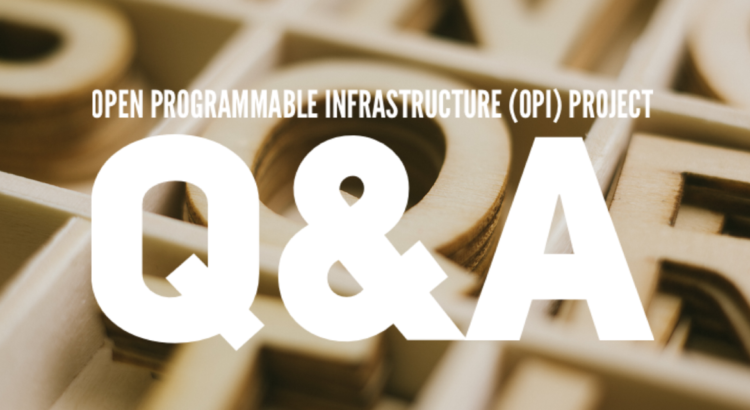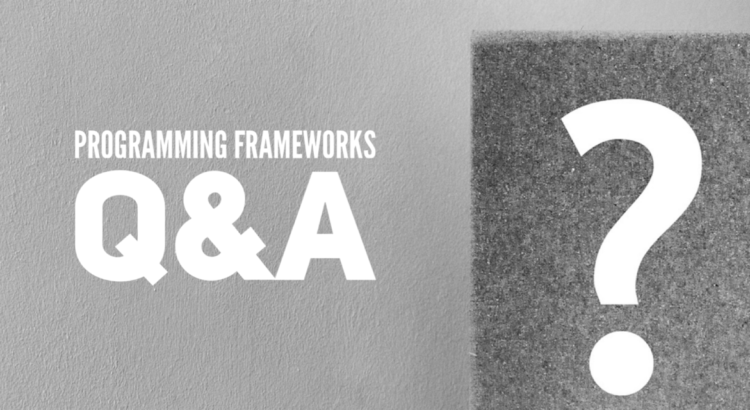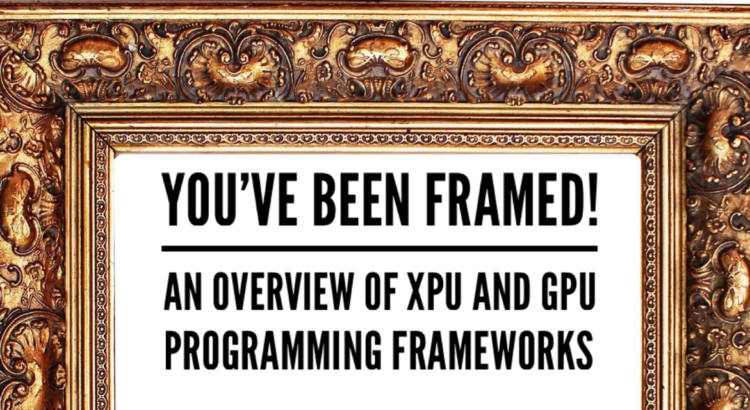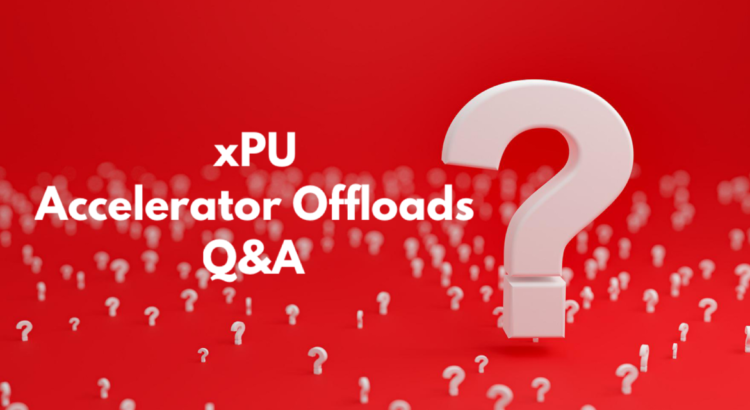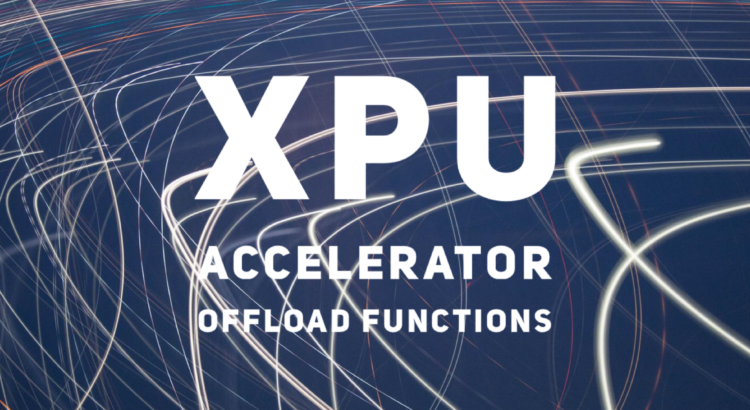Last month, the SNIA Networking Storage Forum hosted several experts leading the Open Programmable Infrastructure (OPI) project with a live webcast, “An Introduction to the OPI (Open Programmable Infrastructure) Project.” The project has been created to address a new class of cloud and datacenter infrastructure component. This new infrastructure element, often referred to as Data Processing Unit (DPU), Infrastructure Processing Unit (IPU) or xPU as a general term, takes the form of a server hosted PCIe add-in card or on-board chip(s), containing one or more ASIC’s or FPGA’s, usually anchored around a single powerful SoC device.
Our OPI experts provided an introduction to the OPI Project and then explained lifecycle provisioning, API, use cases, proof of concept and developer platform. If you missed the live presentation, you can watch it on demand and download a PDF of the slides at the SNIA Educational Library. The attendees at the live session asked several interesting questions. Here are answers to them from our presenters.
Q. Are there any plans for OPI to use GraphQL for API definitions since GraphQL has a good development environment, better security, and a well-defined, typed, schema approach?
Read More